Understanding Insertion Mutation
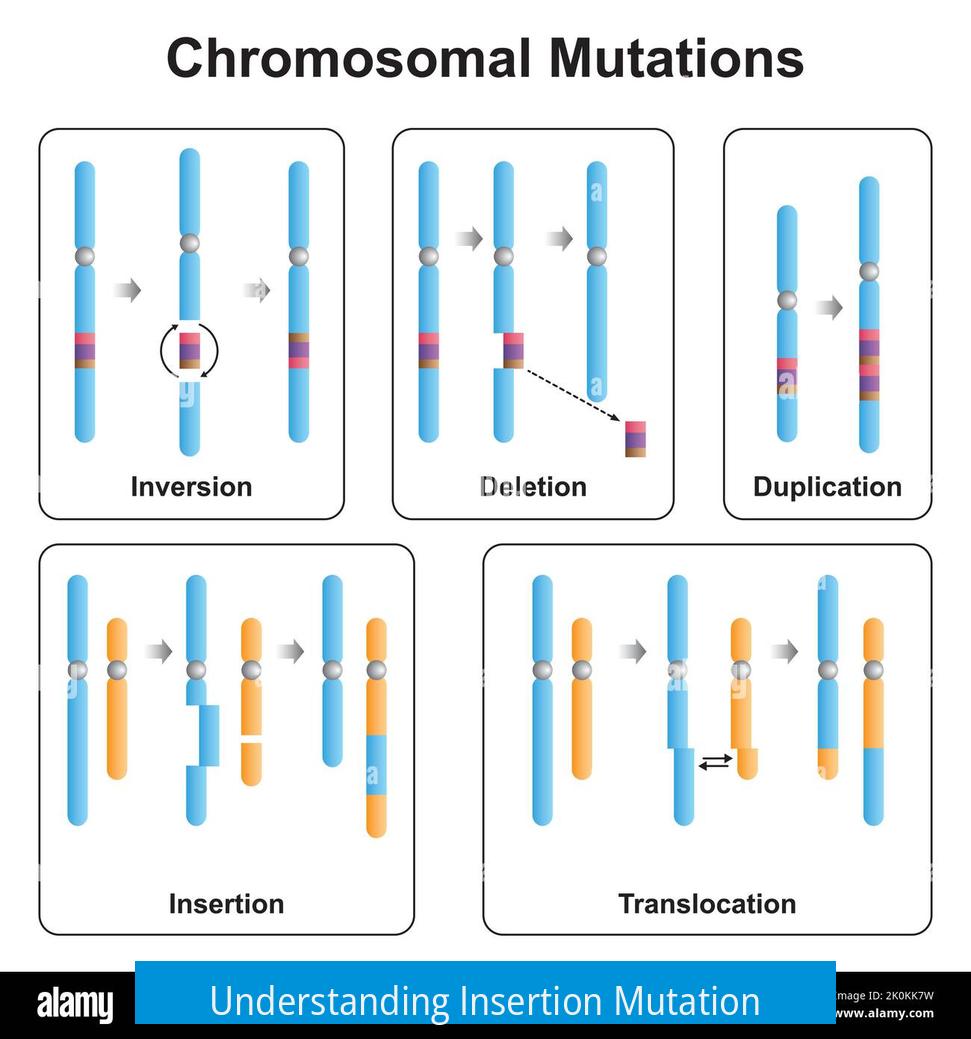
An insertion mutation is a type of genetic mutation where extra nucleotides are added into a DNA sequence. This addition can disrupt the normal reading frame of a gene, potentially altering the entire amino acid sequence downstream. These mutations often lead to significant changes in the resulting protein.
Mechanism and Impact
Insertion mutations add one or more base pairs into a DNA sequence. If the number of inserted nucleotides is not a multiple of three, it causes a frameshift mutation. Frameshift mutations change the grouping of codons during translation, altering the protein’s amino acid sequence entirely.
For example, if a single nucleotide is inserted into a gene, the ribosome shifts its reading frame. This leads to a drastically different protein sequence, often producing a nonfunctional protein or triggering premature stop codons.
Comparison with Regulatory Mutations
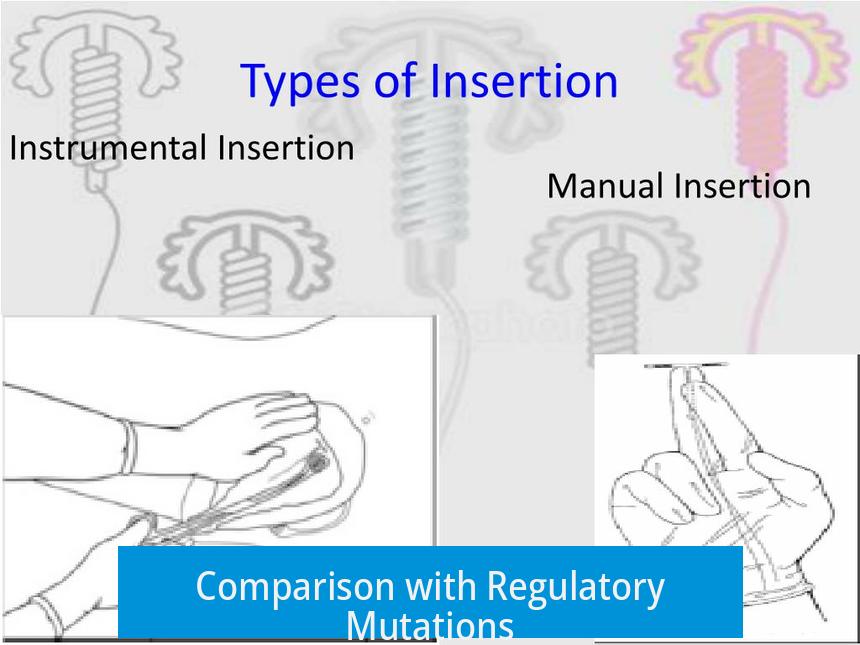
While insertion mutations alter the coding sequence, mutations in regulatory regions like the 5’ untranslated region (5’UTR) affect gene expression rather than amino acid identity. For instance, a mutation in the Kozak consensus sequence near the start codon can reduce translation efficiency without changing the protein’s primary structure.
Insertion mutations, by contrast, more commonly disrupt protein structure directly due to frame shifts or addition of amino acids. Regulatory mutations affect how much protein is made, not its sequence.
Examples of Consequences
- Frameshift caused by an insertion often results in a truncated protein due to premature stop codons.
- The added amino acids may alter protein folding, stability, or activity.
- Diseases such as cystic fibrosis and Tay-Sachs disease sometimes arise from insertion mutations.
Summary of Key Points
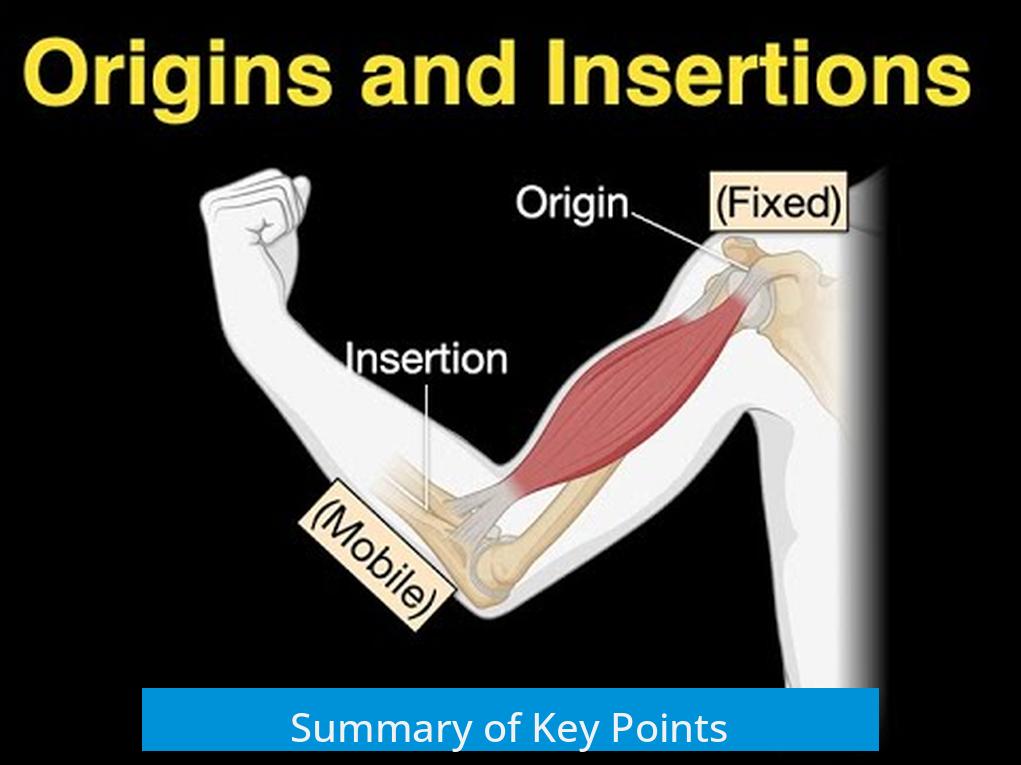
- Insertion mutation inserts extra nucleotides into the DNA sequence.
- It commonly leads to frameshift mutations altering protein coding.
- Frameshift causes significant changes or loss of protein function.
- Regulatory mutations differ by impacting gene expression, not coding.
- Insertion mutations contribute to various genetic disorders.
Insertion Mutation: A Closer Look at the Genetic “Plot Twist”
What exactly is an insertion mutation? Simply put, an insertion mutation occurs when extra nucleotides sneak into a DNA sequence.
This cheeky addition can shift the entire genetic “sentence,” sometimes with dramatic effects. Imagine reading a sentence where a few words are added randomly—suddenly, the meaning changes. In genetics, this is the difference between a working protein and a dysfunction.
Insertion mutations belong to a wider family of mutations known as frameshift mutations, which can scramble the reading frame of mRNA during translation.
Insertion mutations, by adding nucleotides within coding regions, often disrupt the reading frame, leading to altered or nonfunctional proteins.
How Insertions Intertwine with the Translation Machinery
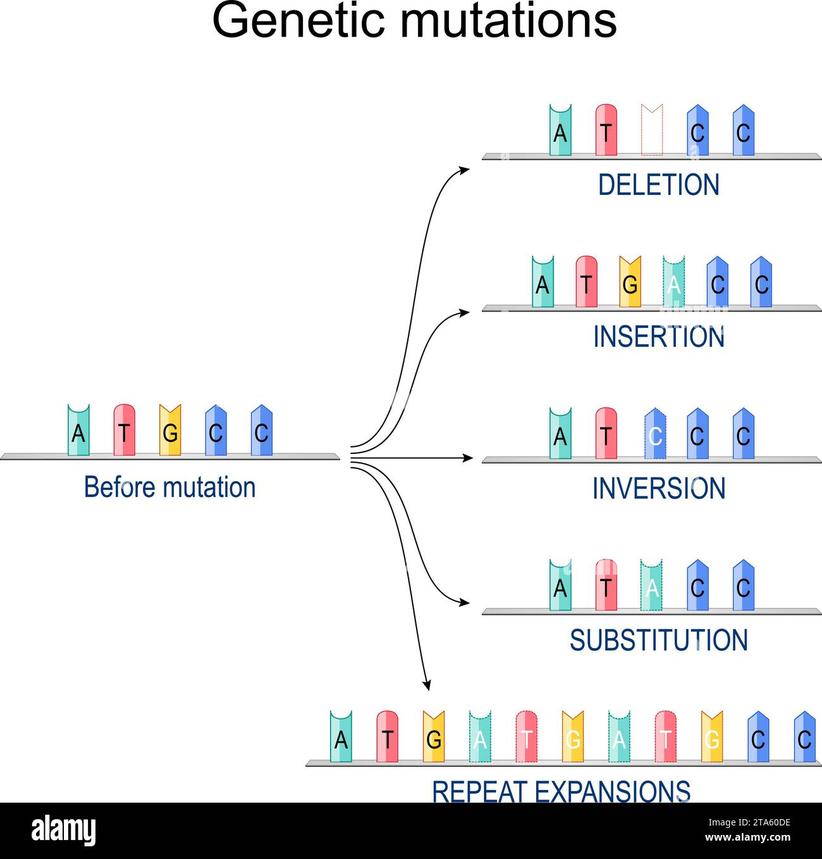
Translation is like a biological assembly line—it reads mRNA in triplets, called codons, to build proteins. The ribosome’s starting point, or frame, is crucial. If an insertion mutation shifts this frame, the ribosome reads the wrong triplets, producing garbled proteins.
It’s worth noting that the ribosome’s frame is set by where it initiates translation. An insertion inside the coding region shifts that frame irreversibly downstream.
For example, if the original genetic code reads as “THE CAT ATE,” an insertion might cause it to read “THC ATA TE…”—nonsense.
The 5’UTR and Insertion Mutations: Hidden Regulatory Twists
The 5’ untranslated region (5’UTR) of mRNA is a control hub. Sometimes, it carries regulatory elements that modulate the expression of the gene.
Though the odds are slim, an insertion mutation landing here could distort these elements, altering gene expression subtly or significantly.
Think of it as accidentally adding a mechanic’s manual page into a recipe book. It might confuse the chef (translation machinery) on how to start cooking.
Kozak Sequence and Translation Efficiency: More Than Just a Starting Point
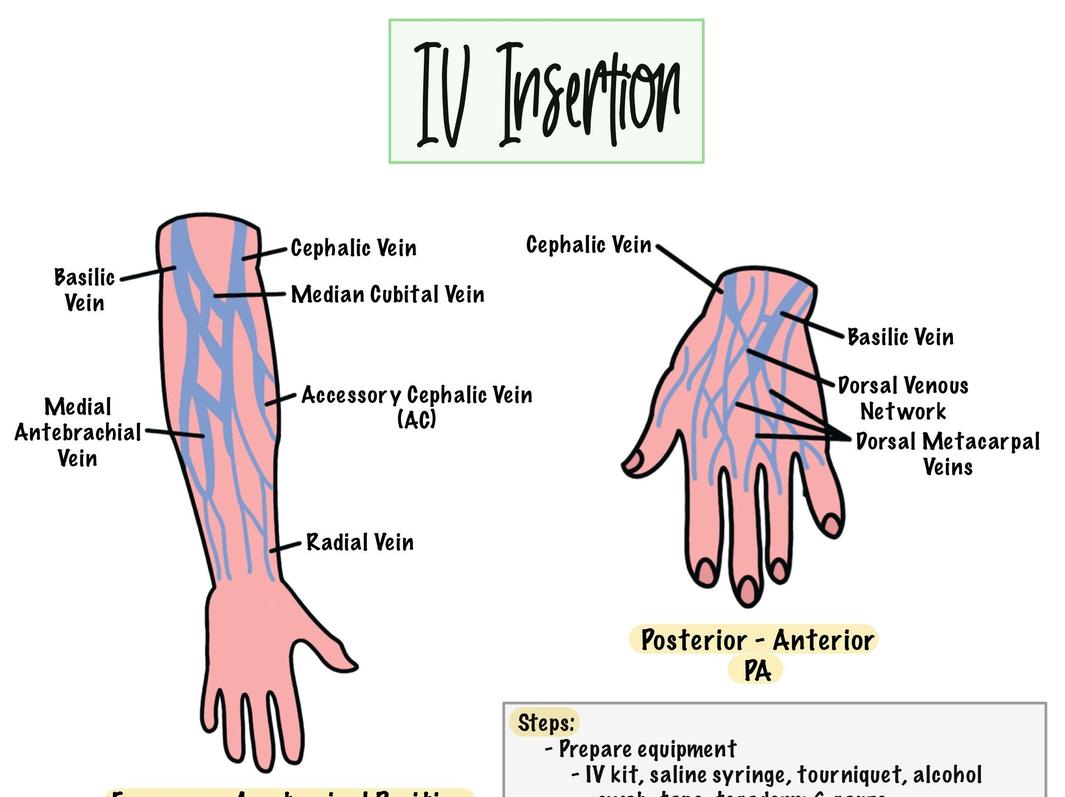
At the start codon, the Kozak sequence acts as a welcoming committee for the ribosome. This sequence helps the ribosome recognize where to begin translation efficiently.
While the main mutation examples deal with the Kozak consensus rather than insertions, imagine if an insertion split this sequence or added extra bases. It could ‘muddy the waters,’ causing the ribosome to hesitate or begin translation improperly.
Such a scenario lowers translation efficiency, resulting in fewer proteins or faulty ones being produced.
Why Do Insertion Mutations Matter?
Insertion mutations pave the way for genetic diversity but also genetic diseases. Their impact varies:
- In coding regions: commonly result in frameshift mutations, leading to truncated, nonfunctional proteins.
- In regulatory regions (like 5’UTR): may adjust gene expression levels.
- In the Kozak consensus area: could impair translation initiation, affecting protein production.
Consider disorders like cystic fibrosis or certain cancers, where insertion mutations disrupt protein function critically.
Spotlight on Mutation Effects: Frame-Shifting for Survival—or Trouble
Remember, the reading frame is sacred. When an insertion mutation disrupts this carefully choreographed reading order, the produced protein sequence is “completely uninterrupted” only if no frameshift happens.
But insertions almost always cause a frameshift unless they involve multiples of three nucleotides.
Why is this crucial? Because proteins are built from amino acids coded by three nucleotides at a time. Break that three-letter rhythm, and you end up with a string of gibberish.
Real-World Examples: From Genetic Labs to Your Netflix Binge
Researchers studying genetic diseases utilize knowledge of insertion mutations to understand how a single nucleotide addition can cause conditions. They spot the insertion site in DNA and track how protein sequences go haywire.
In biotech, scientists often edit genes carefully to avoid inserting extra sequences unintentionally. One rogue nucleotide can kill an experiment.
Even in pop culture, genetic mutations fascinate us—think of stories involving futuristic gene editing. The insertion mutation often stars as the villain, making heroes sick or superpowered.
Living With Insertion Mutations: Coping and Therapy
While many insertion mutations cause problems, some are harmless or even beneficial over time. Evolution sometimes incorporates insertion mutations as raw material for new functions.
In medicine, therapies like gene editing aim to fix harmful insertions, rewriting faulty genetic codes. CRISPR-Cas9, for instance, can snip out an unwanted insertion or insert correct sequences.
This targeted approach offers hope for conditions previously deemed untreatable.
Experts Recommending Vigilance and Variation
For those diving into genetics, knowing about insertion mutations is vital. They urge thoroughly sequencing suspect genes and examining how insertions impact protein products.
Technicians recommend focusing on where insertions occur: coding sequences, regulatory elements like 5’UTR, and crucial motifs like the Kozak consensus.
Being aware helps researchers predict mutation consequences and develop tailored therapies.
Key Takeaways for Curious Minds
- Insertion mutations insert extra nucleotides.
- Most cause frameshift mutations, changing protein sequences.
- Insertions in the 5’UTR or Kozak sequences affect regulation, not just code.
- Translation is sensitive to these changes, impacting efficiency.
- Understanding insertions fuels advances in genetic medicine.
Ever wonder how a tiny addition of letters in your genetic code might twist your biology? Insertion mutations provide a fascinating glimpse into that question—sometimes a small change creates chaos; other times it carves a path forward.
So next time you’re impressed by biology’s precision, remember: it hinges on reading exactly the right three-letter words in the right order. Insertions? They like to throw in unsolicited punctuation, turning order into delightful—or disastrous—disarray.


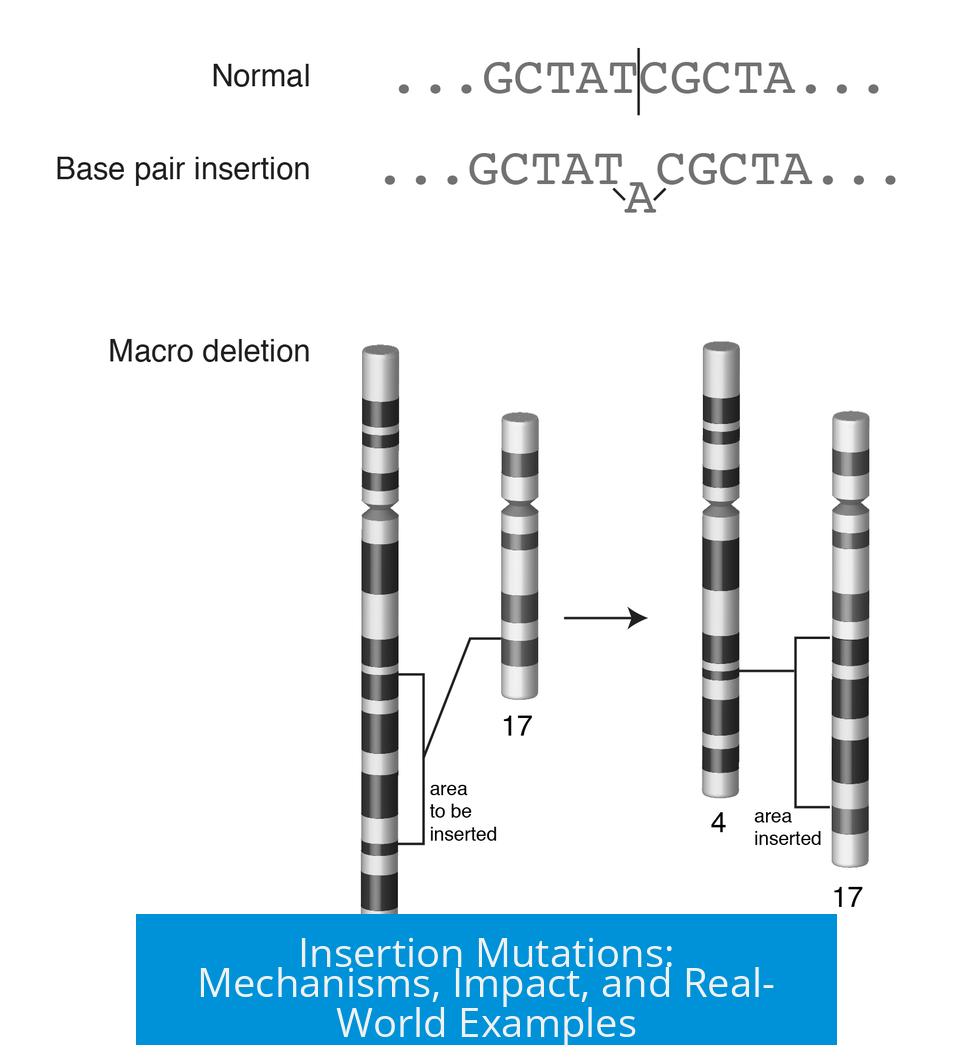


Leave a Comment